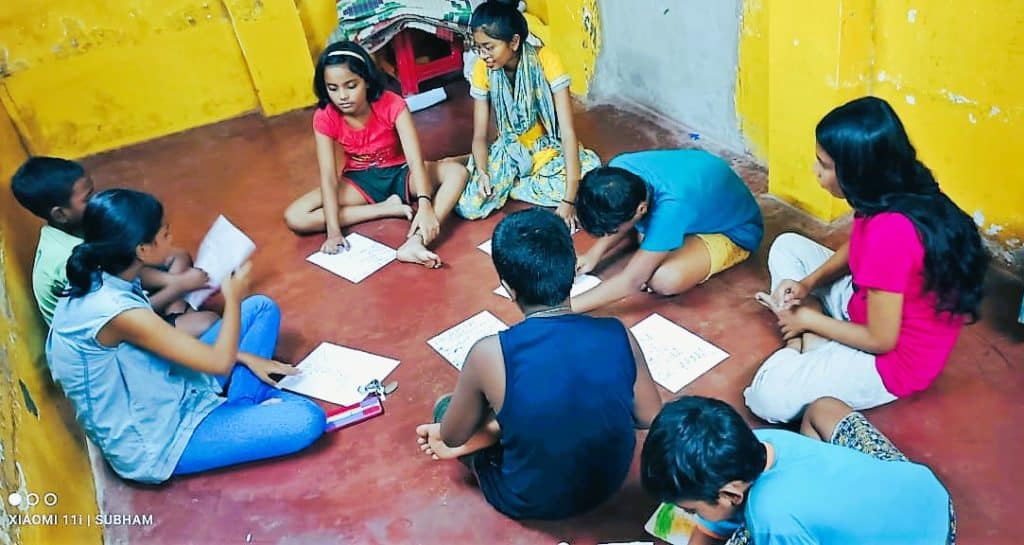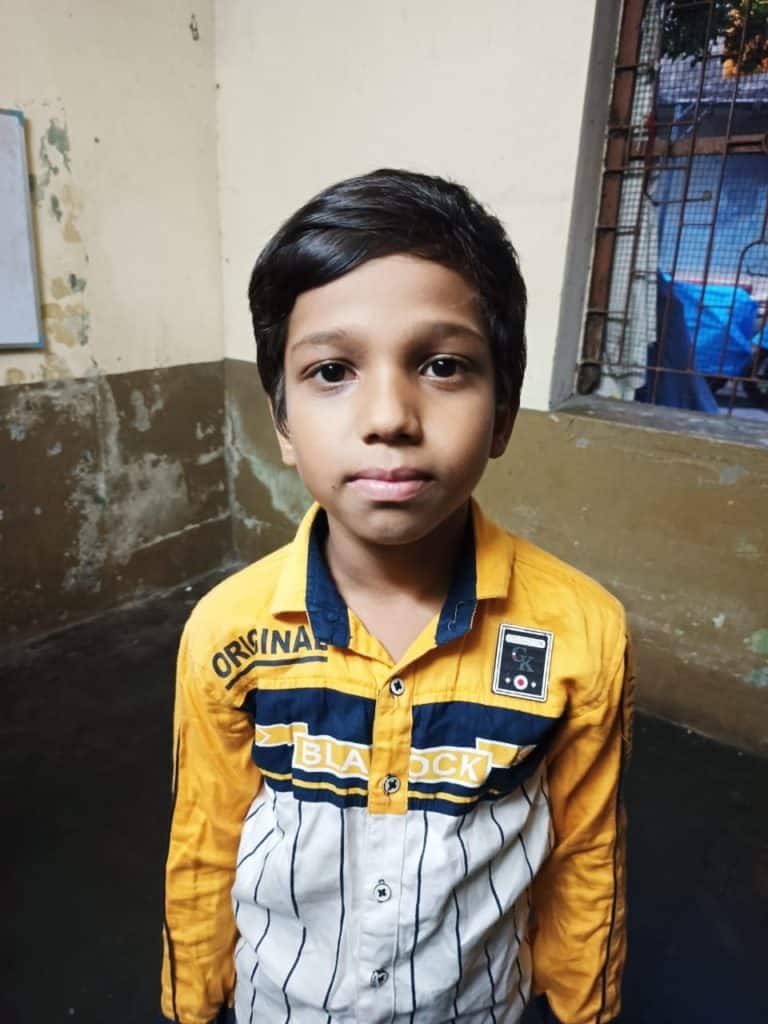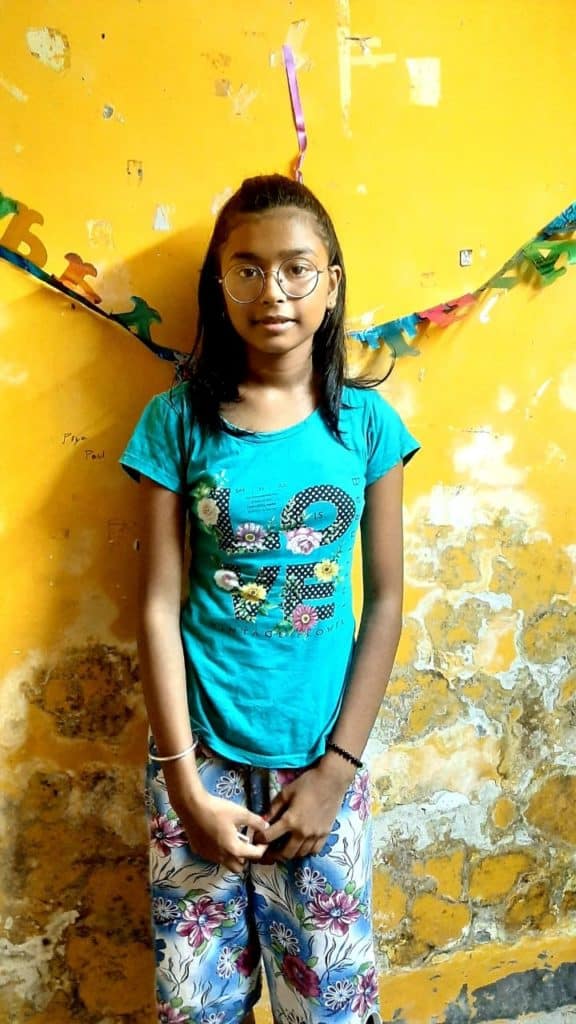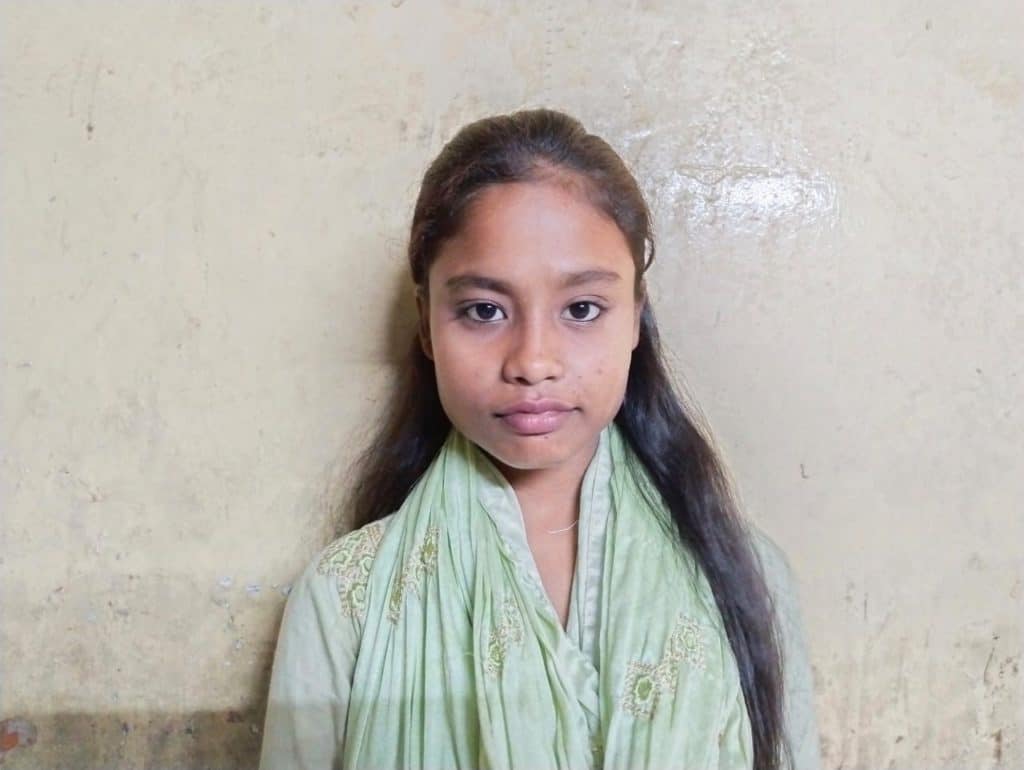The COVID pandemic has certainly raised the focus and discourse around issues of mental health among various groups and subgroups of the urban population in India. However, large sections of our urban population still remain beyond the ambit of these discussions and more importantly, out of reach of any form of mental health care services.
In an earlier report from Chennai, we saw how lack of affordability, social stigma and other issues deter the urban poor from seeking support for mental health issues. But there are pockets where people are not even aware, or conscious of the possibility of seeking help.
Let us take for example, some of the pockets in the urban districts of Kalighat, Munsiganj and Lakar Math in the eastern metropolis of Kolkata, known to be — or rather, infamous as — hubs of the city’s sex work industry. In such areas, it is not just the virtual non-existence of mental health services that is conspicuous, but also the lack of priority accorded to it by residents themselves. Struggling to ensure access to basic requirements of food and shelter, and shorn of any kind of dignity in their lives, adults here find mental health support as the last thing on their minds .
Read more: Taking healthcare to Delhi’s red light district
Ironically, these are also areas where the need for mental health support is most pronounced. Low literacy rates, vulnerability to exploitation and poverty characterise the lives of women and children and the latter nearly always have a seemingly predetermined, inescapable trajectory of life ahead of them.
“Both girls and boys almost inevitably get sucked into the sex trade – girls as service providers, boys as traffickers and pimps,” says Paramita Banerjee, Ashoka Fellow and Founder of DIKSHA (Discovering Inner Knowledge and Sexual Health Awareness), an organisation that works with young boys and girls in these communities and empowers them to eke out a different life for themselves. DIKSHA aims to distance them from the above narrative and equip them with the agency and life skills needed to break out of the vicious cycle they are born into.
“The children have no aspiration for growth when we first start working with them. They have very low self-esteem and the dropout rate is very high when compared to kids from other backgrounds,” says Paramita.
How do adolescents in such an urban community deal with depression or other psycho-social issues? What do they even understand by these terms? What do they feel would be beneficial for their peers, or even adult community members, struggling with mental health disorders?

To understand that, we reached out to some of the young members of the community through DIKSHA volunteers, who arranged group discussions among the youth where they discussed among themselves their thoughts and feelings about their environment, the mental health conditions evoked in that environment, and their coping mechanisms.
15-year-old Neha Khatoon of Class 8, 13-year-old Ishita Paul of Class 9 and 12-year-old Ariyaan Mallik of Class 7 led the conversations in their respective areas of Munsiganj (Ward 75 of the Kolkata Municipal Corporation), Kalighat (Ward 83) and Lakar Math (Ward 84). They also talked to us separately over Google Meet (on a call facilitated by DIKSHA volunteers again).
This is an account of what we learn from their simple but candid observations about the need for mental health care in their lives.
Mental health = Being happy
The children don’t think twice when asked about mental health. To them, it is a simple question of keeping their minds happy.
Sagar Mondal, who studies in Class 9 from the Lakar Math area says during the group discussion, “I have learnt in school the importance of keeping ourselves happy and fit, physically and mentally. We need to do yoga in the morning to stay that way.”
Some children say they seek help from the counsellors at DIKSHA. But an overwhelming majority of the children choose to share their concerns with their close friends or some adult member in the family. Riya Kanojia, who studies in Class 6 in Kalighat says, “If I’m having a bad day, I’ll either see my mom or head over to (the people at) DIKSHA for some comfort.”
Ishita, Ariyaan and Neha tell us that they are all aware of the term ‘depression’. When they see friends struggling with sadness or depression, they try to talk to them and make them share their grief or worries.
“When I see my friends depressed, I talk to them and think of how I can solve their problems or make them feel better,” says Ariyaan. Ishita says the same thing and adds that she tries to ensure that they do not take any hasty steps.
The pandemic however made things particularly worse for them, as they did not have the option of approaching their mentors at DIKSHA, or share their troubles with friends. Phone was not an option given the lack of privacy in the cooped up and chaotic spaces that are home for them.
Read more: How our city systems made women and girls lonelier during COVID
Ariyaan and Ishita both say that they would have been in a much better place mentally, if they had been able to go out and talk to friends. But there was constant police surveillance and there was no way that could have been possible.
The trauma of those times is evident as Neha says in an earnest voice, “I kept wishing that even if all other spaces remained shut, the DIKSHA drop-in centre would open up soon for us to go there.”

Living under the shadow of fear and violence
Fear conditioning in young children can be triggered if they are repeatedly subjected to real or imagined threats, such as violence at home. And unfortunately, for many of these youngsters, that is a near-constant reality.
In the red-light districts, youth surveyors found a high degree of manifest physical threats, including interpersonal violence, violence against women by their clients, or violence on the streets caused by drunken brawls and/or abuse of different narcotics. It’s not uncommon for youngsters to see these forms of violence play out in their daily lives.
Ruksana Molla, who studies in Class 10 in the Munsiganj area said, “During the lockdown, my mama (maternal uncle) and father often used to get drunk and asked their wives for money, which the latter didn’t have. This led to fights. When we asked them about their problem, they told us to stay within our limits.”
Editor’s Note: The family structures in the community are often difficult to decipher. Not all adults are directly involved in the sex trade but depend on the industry in some way or the other. For example, some of the women (mothers) may be working as domestic help in the homes of the sex workers. Some ‘fathers’ are actually unpaying clients who have their ‘real’ families elsewhere. ‘Uncles’ could refer to men in the neighbourhood who are pimps or traffickers.
Neha says, “When adults are unhappy, there is a lot of fighting at home, they hurl obscene gaalis (expletives) at each other and at us. Sometimes, they beat us up too.”
Nikita Paul, who studies in Class 11, has an answer for why adults fight, “Fights between adults break out mostly when they get drunk, or when they get too possessive, or when arguments arise over issues of money.”
Ruksar Khatoon, who studies in Class 10, says, “When I see my friends unhappy, I try to help them. But when adults are unhappy, I can’t do anything for them because they tell us that we are too young to understand their problems. But I want to help them.”
Jeet Kumar Das, who studies in Class 8 in the Munsiganj area, says, “Adults treat us badly and beat us up, and we can’t talk to our friends or play with them.”
Asadul Ansari also from the Munsiganj area, says, “When I feel scared or unhappy, my heart starts beating fast, and I feel strange. I try to isolate myself but often lose patience. Everything seems threatening.”

How do the children perceive adult mental health?
When asked whether they have noticed adults around them to be perennially unhappy or angry with each other, Ariyaan from the Lakar Math area had an interesting answer, “Only adults know when they feel happy or sad; sometimes they seem to be very upset and hot-tempered, and sometimes they are okay.”
Neha, Ariyaan and several others agree that many of these adult members need help when they are dealing with anger issues or emotional upheaval but they do not know of anyone in their neighbourhood who has sought medical or professional help to deal with the same.

Treatment of mentally ill people in society
People who are seriously ill and suffer from specific psychological disorders have a much more rough journey here. The children say they have seen how the adults treat mentally ill people in their neighbourhood; the teens are all vocal against, albeit powerless to change, this abusive treatment towards them.
Sarika Khatoon, who studies in Class 8 from the Munsiganj area, says, “There are a few people in my neighbourhood who are mentally unwell. People mistreat them, abuse them verbally and tear their clothes or beat them up. No one even stops them. Instead, others often join in to take part in the abuse.”
Nikita Paul says, “It isn’t fair, and I want to fight against it, and I want to support those who suffer from such mental illness. I want to see the people who mistreat others be brought to justice.”
Sadly, it is clear from the discussions that there is little scope for help or availability of professional support — whether for these youngsters, or adults fighting the circumstances of their existence in these communities, or even for those afflicted with grave mental health disorders.
Says Ariyaan, “There was a centre earlier in the neighbourhood where doctors would provide free treatment to such ‘abnormal’ (verbatim) people, However, we do not see anyone coming here now.”
Editor’s note: It is unclear if Ariyaan was referring to general care available at the Primary Healthcare Centre, or specialised mental health care.
Ishita has not heard of any medical help available for mentally ill members of the community. Neither has Neha, though both of them say that they are aware of the existence of specialised care.
Read more: Common mental ailments: Why it is important to seek specialised help
Neha, however, has an interesting and different take on what could help people alleviate their mental health issues. “I wish there was someone who would spend some time with people dealing with mental health issues and channel their energy towards constructive activities. If their minds could be directed towards other activities, such as the arts or sports, that would help them more than mental health treatment.”
The voices of these adolescents and their discussions with peers in their community certainly point towards the importance of social support, mentorship and safe schools and spaces for them. But what they also highlight as starkly is the huge gap in expert mental health care services in these areas, for the children as well as the adults in their lives. That is, largely, a blind spot at present.